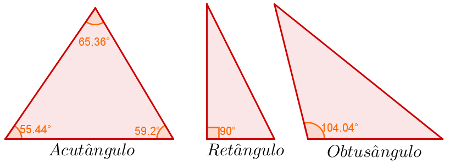The painter from Paraíba Peteramerica, born in the municipality of Areia, in 1843, and died in Florence, Italy, in 1905, was one of the greatest geniuses of Brazilian painting. He received classical training and developed his work in the context of the great wave of romanticism, in which heroic and national themes predominated. Pedro Américo was very astute in his pictorial compositions and took great pains to do historical research to develop them. One of the most notable examples was the framework "The Battle of Avaí", of 1877.
The painting “A Batalha do Avaí” portrays the homonymous event that took place nine years before Pedro Américo painted it, that is, on December 11, 1868. This was one of the main battles fought in the Paraguay War and icons of Brazilian military history were present, such as DukeinCaxias it's the Generalosorio. The painting is linked to the genre of “warrior paintings” or “heroic paintings” and, for this very reason, was intended to praise the national heroes who were in the Paraguayan War. However, Pedro Américo did not elaborate his work in the form of a simplistic nationalism; on the contrary, he introduced into the immense canvas of fifty square meters an interpretation that diluted the heroic figures into an almost apocalyptic whole.
Pedro Américo's vision of the war and, in particular, of the battle that gave its title to the painting did not take sides with the nation and the military. It is a work that sought to highlight the horror of the violence perpetrated by all sides involved, whether Brazilians, Paraguayans, Argentines or Uruguayans. The picture suggests a kind of bloody spiral, in which every detail expresses some expression of despair, pain, hatred, etc.
Other details, such as the position of the horses, the posture of soldiers and generals, did not refer to the exact heroic pattern: grandeur, superiority, bravery, etc. On the contrary, the details revealed weakness, impotence, terror. Even the appearance of the garments was represented in an unorthodox way, with dirt, tears, blood and other elements. It is said that Duque de Caxias, when he saw the painting in which he was depicted in dirty clothes, disapproved of Pedro Américo.
Furthermore, the spiral of violence, which we referred to above, can be perceived by the movement that makes the smoke from the armament, which rises from the ground and forms a circular movement in the sky, as researcher Jorge says. Coli:
“Avahy evidently wants to be more than just an illustration of a battle. The screen embodies the war, the men mad in the fight. She does it for a paroxysmal character. Instead of emptying, the work saturates the great surface with furious excesses, in which all of nature participates, in an immense whirlpool, whose vortex is a narrow opening to the horizon. Surprisingly, the unbridled flow ends up neutralizing the hero. In the violent struggle, everything mixes, everything is swept away by the same current. Nothing from the great tradition present in the 19th century, when warrior paintings were organized to emphasize the achievements of the protagonists.” [1]
NOTE:
[1] COLI, Jorge. The meaning of Batalha: Avahy, by Pedro Américo. Project History, São Paulo (no. 24), Jun. 2002, p. 116.
By Me. Cláudio Fernandes
Source: Brazil School - https://brasilescola.uol.com.br/guerras/batalha-avai-segundo-pedro-americo.htm


